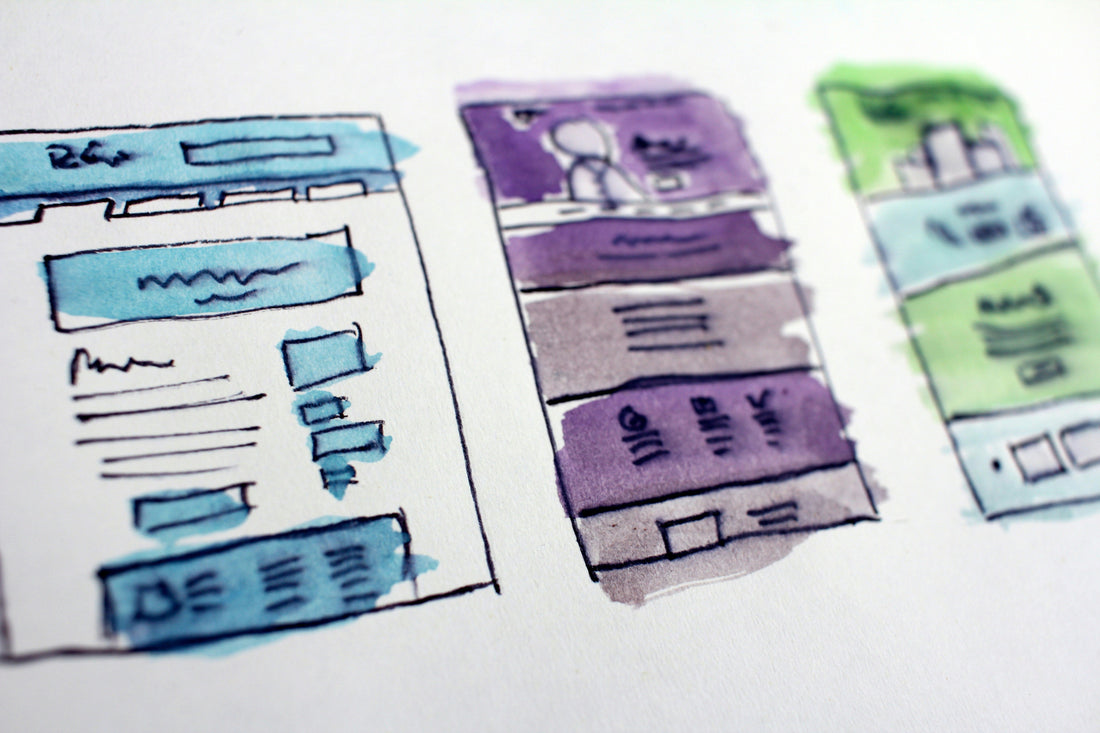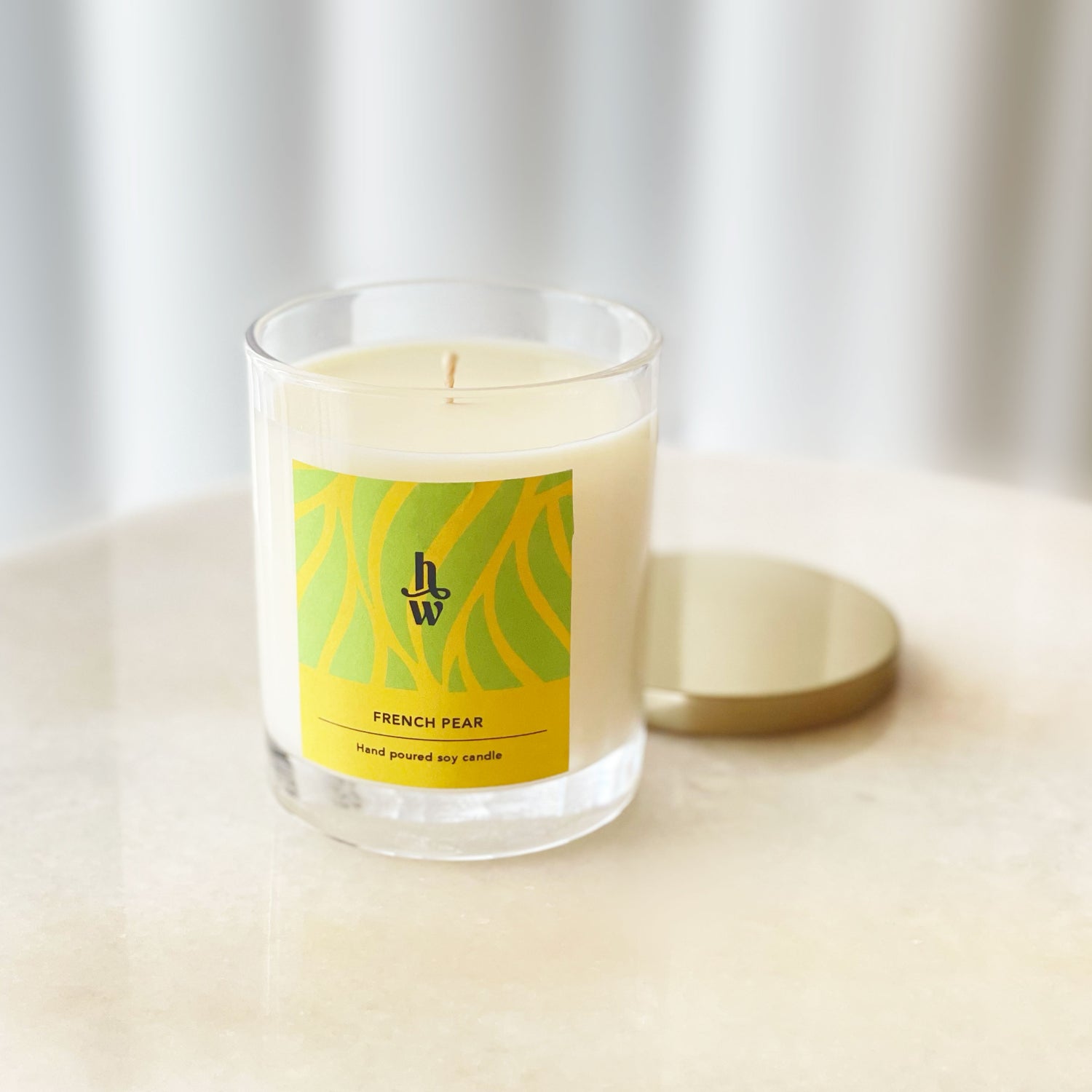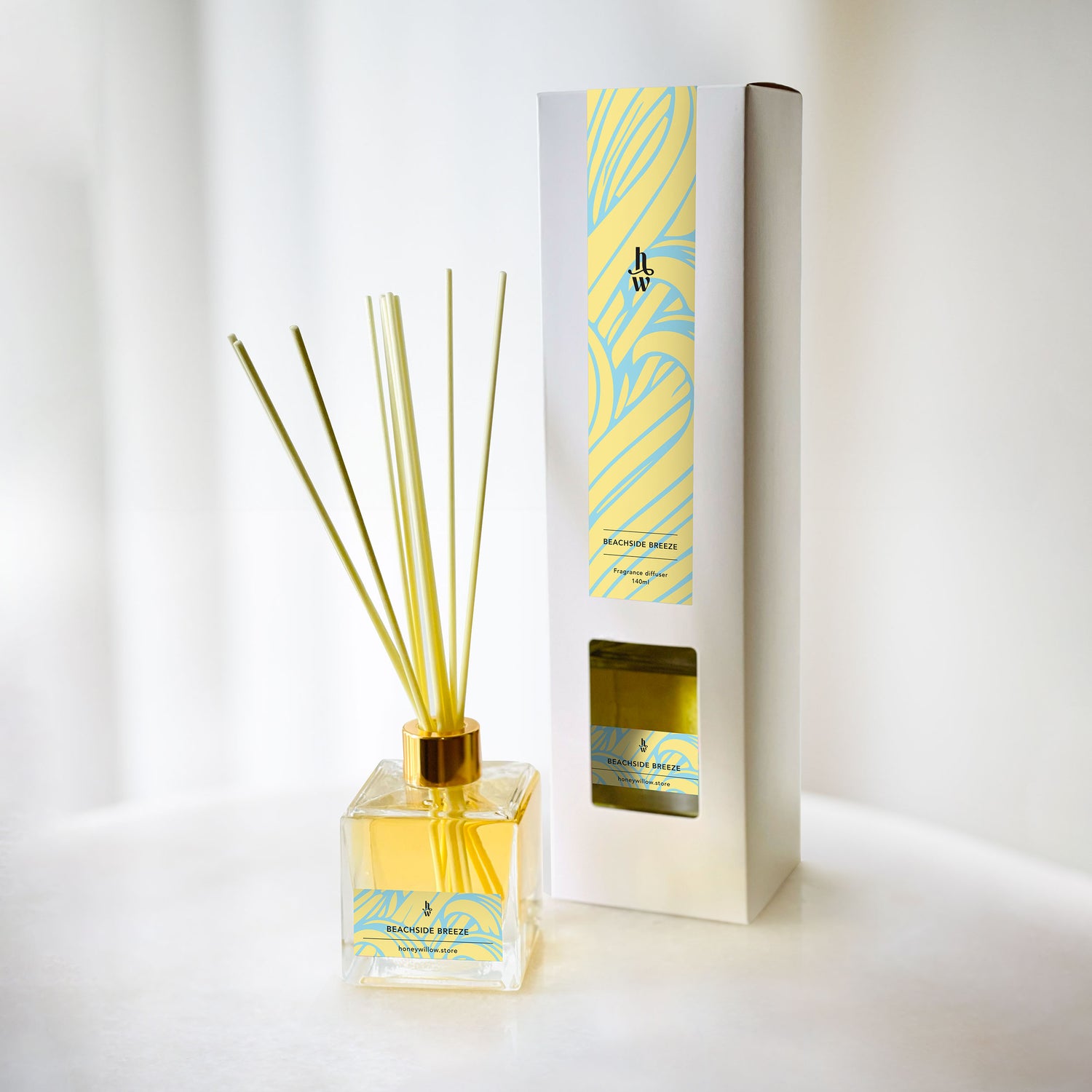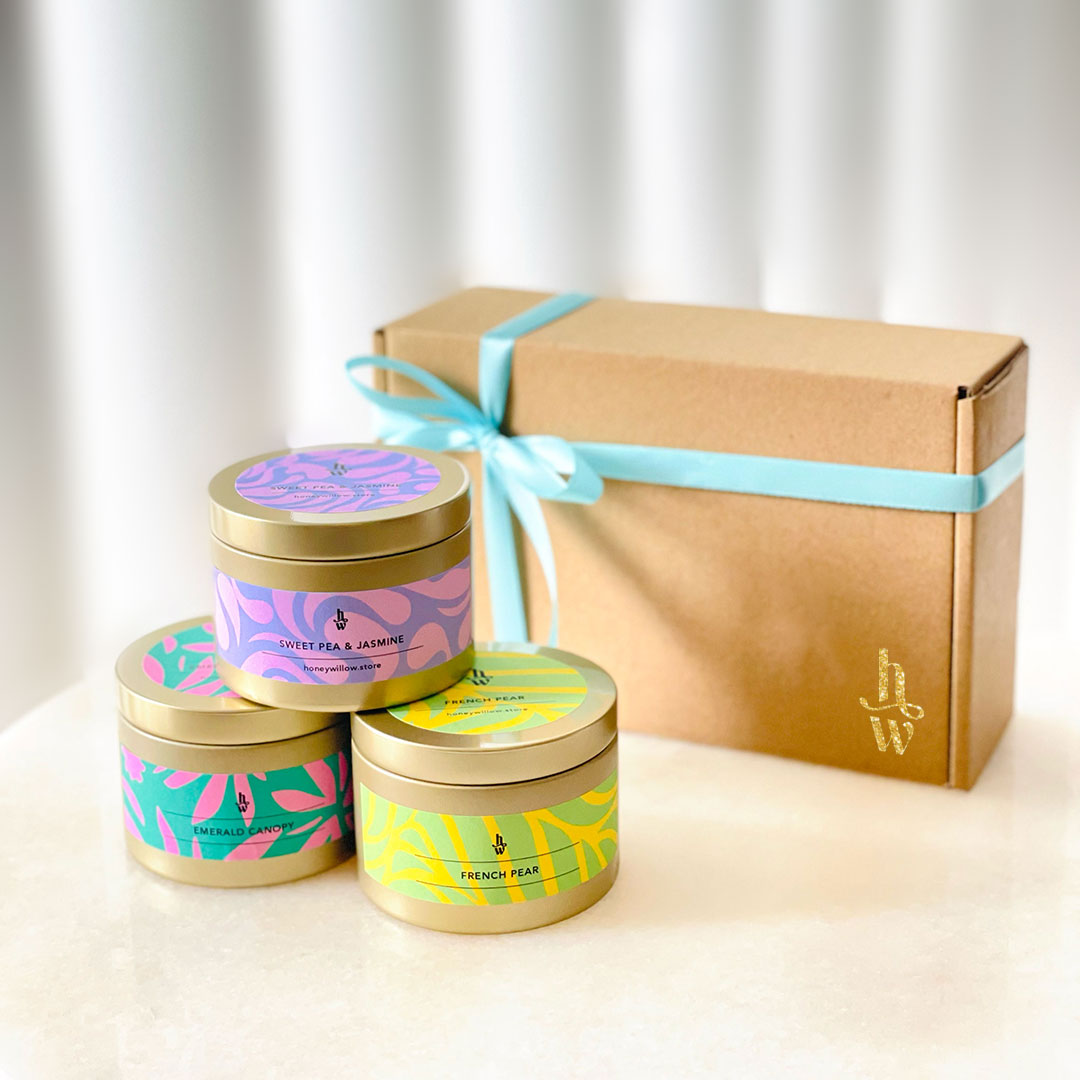The UX of everyday life: How design thinking helps me live braver, messier, and more intentionally

Share
I didn’t always realise it, but somewhere along the way, design thinking stopped being something I “did at work” and became something I quietly applied to everything—from how I take on a new project or try something new for the first time, to how I navigate parenting, to how I talk myself into stepping outside my comfort zone.
You see, as a designer, I’ve been trained to approach problems with curiosity, empathy, and iteration. But what really clicked for me wasn’t how these tools helped me design better products—it’s how they helped me design a better relationship with life itself.
So what is design thinking, really?
At its heart, design thinking is a way of solving problems by putting people first. It’s about understanding what they need, exploring lots of ideas, and testing small solutions to learn what works—rather than trying to guess the perfect answer straight away.
It’s not just a work process. It’s a mindset. One that embraces experimentation, values empathy, and sees failure as a stepping stone—not a dead end.
And once you start thinking this way, it’s hard not to apply it everywhere.
Here’s how it’s reshaped the way I live, one small experiment at a time.
I prototype everything (because waiting for perfect is exhausting)
One of the first lessons you learn in UX (User Experience) is: don’t build the final thing before you’ve tested the rough idea. We prototype early, rough, scrappy—because we’re not aiming for perfection; we’re aiming for learning.
Somewhere along the way, I started prototyping my decisions too. Instead of agonising over “should I commit to this huge gym membership?” I tried a week of free YouTube workouts.Instead of redesigning my entire website at once, I tested one new page and tracked feedback.Instead of “having it all figured out” before starting a side project, I launched a minimum viable version, then iterated.
Prototyping helps me sidestep the perfectionist tendency that whispers “you need it to be flawless before you begin.” It reframes the goal: it’s not about getting it right straight away. It’s about trying something small enough that failure feels safe—and seeing what I learn.
I treat failure as feedback, not a verdict
In UX, a “failed” user test isn’t really a failure. It’s data. It’s valuable insight telling you what didn’t work so you can make something better.
This mindset has been a game-changer in how I parent, how I show up at work, and how I move through uncertainty.Did that approach to bedtime not calm the toddler?Did that work presentation not land?Did that DIY project not go to plan?
Cool. That’s feedback. Let’s adjust and try again.
When I frame missteps as experiments that provided data, they stop being proof that “I’m bad at this” or “I’m not enough.” They’re just steps in a design process.
I ask “what’s the problem we’re really solving?”
Design thinking teaches you to question the brief. Clients say “we need a button here” and you dig deeper: what’s the user trying to achieve? What’s the real need?
I’ve learned to ask this in life too.Am I really stressed because I “don’t have enough time”? Or because I’m saying yes to things that don’t align with my values?Do I really want to “get better at cooking”? Or do I want to feel more confident hosting friends?Do I need more storage? Or do I need less stuff?
Reframing the problem often leads me to simpler, kinder solutions. It stops me chasing surface fixes and helps me address what really matters.
I bring empathy to the table (especially for myself)
UX without empathy is just design for design’s sake.But the biggest surprise has been how valuable empathy is when I turn it inward.
When I notice my inner critic ramping up, I ask: what would I say to a friend who felt this way?When I mess up, I remind myself: even the best designers ship things they later improve. Progress over perfection.When I feel behind, I remember: nobody sees the whole roadmap—just the version you’re up to now.
Empathy creates space for grace. And grace keeps me moving forward, even when things are messy—whether that’s with a journal in hand or the soft glow of a natural candle designed for mindfulness beside me.
I see life as iteration—a journey, not a final release
One of the most valuable lessons from design is that nothing is ever truly done. Every product ships as the best version we could make at that time, knowing we’ll learn more, improve it, and release again.
That mindset has changed how I approach life too.
I used to think there was some point where I’d “arrive”—the perfect job, the perfect balance, the perfect plan. But the truth is, there’s no final release. There’s no flawless 1.0 version where everything clicks and stays that way.
Life isn’t a destination we race toward—it’s a journey we move through, one iteration at a time.
When I let go of chasing the end state, I make space to enjoy the process. I can celebrate the version I’m living right now, even if it’s imperfect—because every step is getting me closer to clarity, growth, and alignment.
It’s not about getting it “right” once and for all. It’s about staying curious. Staying open. Trusting that each iteration is exactly what it needs to be, for now.
When I see life this way, the pressure lifts. I can be kinder to myself. I can be braver with my choices. I can enjoy the journey, knowing the next version will come when it’s ready.
Because at the end of the day? Life’s not about the final product—it’s about the journey of becoming.

Try a life sprint: how I use the Google Sprint method for everyday experiments
When I’m feeling stuck or circling a decision too long, I borrow from one of my favourite frameworks: the Google Design Sprint. Originally created to solve big business problems fast, it’s a structured 5-day method that helps teams move from idea to test in one week.
But honestly? You can totally life-hack it.
Here’s how I apply a “life sprint” when I want to try something new—but my brain wants it to be perfect before I start.
Day 1: Understand the problem
Get clear on what’s really going on.Is it "I don’t have time to exercise," or is it "I’m bored of my routine and need something energising I actually enjoy"?
Day 2: Sketch solutions
List a few ways you could approach it. A 10-minute walk? Dance class? Lunchtime swim? This isn’t the time for judgement—it’s a creativity dump.
Day 3: Decide and commit
Pick one small thing to try this week. Don’t overthink it. Just choose the most promising idea or the easiest one to test.
Day 4: Prototype your plan
How can you make it feel light, fun, and low-pressure? Lay out what day you’ll do it, what you’ll need, and how you’ll remind yourself it’s an experiment, not a life decision.
Day 5: Test and reflect
Do it. Then reflect. What did you learn? Did it energise you? Did it feel hard? What might you tweak or try next time?
That’s it! A five-day life sprint to get you unstuck and moving—without needing a 12-month plan or total reinvention.
Because growth doesn’t require perfection. Just iteration.
I wonder what might shift for you if you tried applying a little design thinking to your own life.
What’s one thing you’ve been waiting to get “perfect” before starting? What’s a low-stakes experiment you could run instead? What feedback might you gather—not to judge yourself, but to learn?
Maybe we’re all just prototypes in progress. And maybe that’s a beautiful thing.
If you’re someone who loves thoughtful design, intentional living, and experimenting your way into a more grounded life—you’re in good company. Take a look at our handcrafted candles or diffusers to support the everyday journey. Let’s light the way, one flicker at a time.
Cover Image credit: Hal Gatewood
Google Sprint image credit: Gautam Lakum



